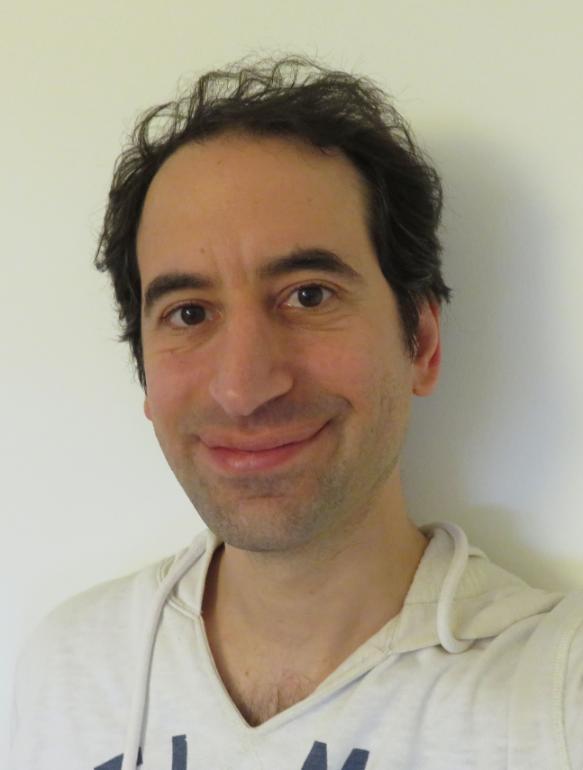Dr Simon Candelaresi
Published: 18 January 2022
Magnetohydrodynamics

| Dr Simon Candelaresi |
Simon.Candelaresi@glasgow.ac.uk |
| School of Mathematics & Statistics |
|
| Fellowship |
Rankin-Sneddon Fellow - start: 1.9.2019; end: 30.8.2022 |
| Area of Research | Magnetohydrodynamics |
Why did you choose to pursue a fellowship in your research career?
The fellowship gives me the freedom to follow the research strands that I am most interested in. With the reduced teaching load, it gives me the necessary time to do so.
Why work at the University of Glasgow?
There are some excellent scientists working in my area at our school. From previous interactions in seminars and conferences I already knew their work, so it made a lot of sense to work here.
How would you describe your research in 20 words or less?
The study of the effect of magnetic field line topology in plasmas.
What is your research highlight?
Recently we have shown that in intergalactic bubbles (size = 10 light years), the magnetic field line tangling prevents them from disrupting. This is a potential explanation of their longevity of 100 million years, which is much longer than one would expect without a tangled magnetic field. Since the magnetic field strength is much smaller for stabilisation than when using an external field, we propose to apply these findings to increase the stability of any bubbles in magnetised media.
What do you look for in a collaboration?
That my collaborators contradict me. That way we are not running easily into a dead end, and we may make more progress.
How do you see your research impacting society?
There are two ways it impacts society. One is by better understanding the magnetic field of our Sun we can make better predictions on space weather effects, like violent solar flares. These have the power to disrupt satellites and power grids, causing catastrophic problems for communications and energy supply for example. In fusion research where experimentalists use magnetic fields for confining the hot plasma, my research helps them understand the stability of such fields.
What next?
So far, my research has been theoretical, understanding fundamental effects. The next step is looking into concrete applications, like modelling the magnetic field line topology of a real fusion device with all its complexity.
First published: 18 January 2022

